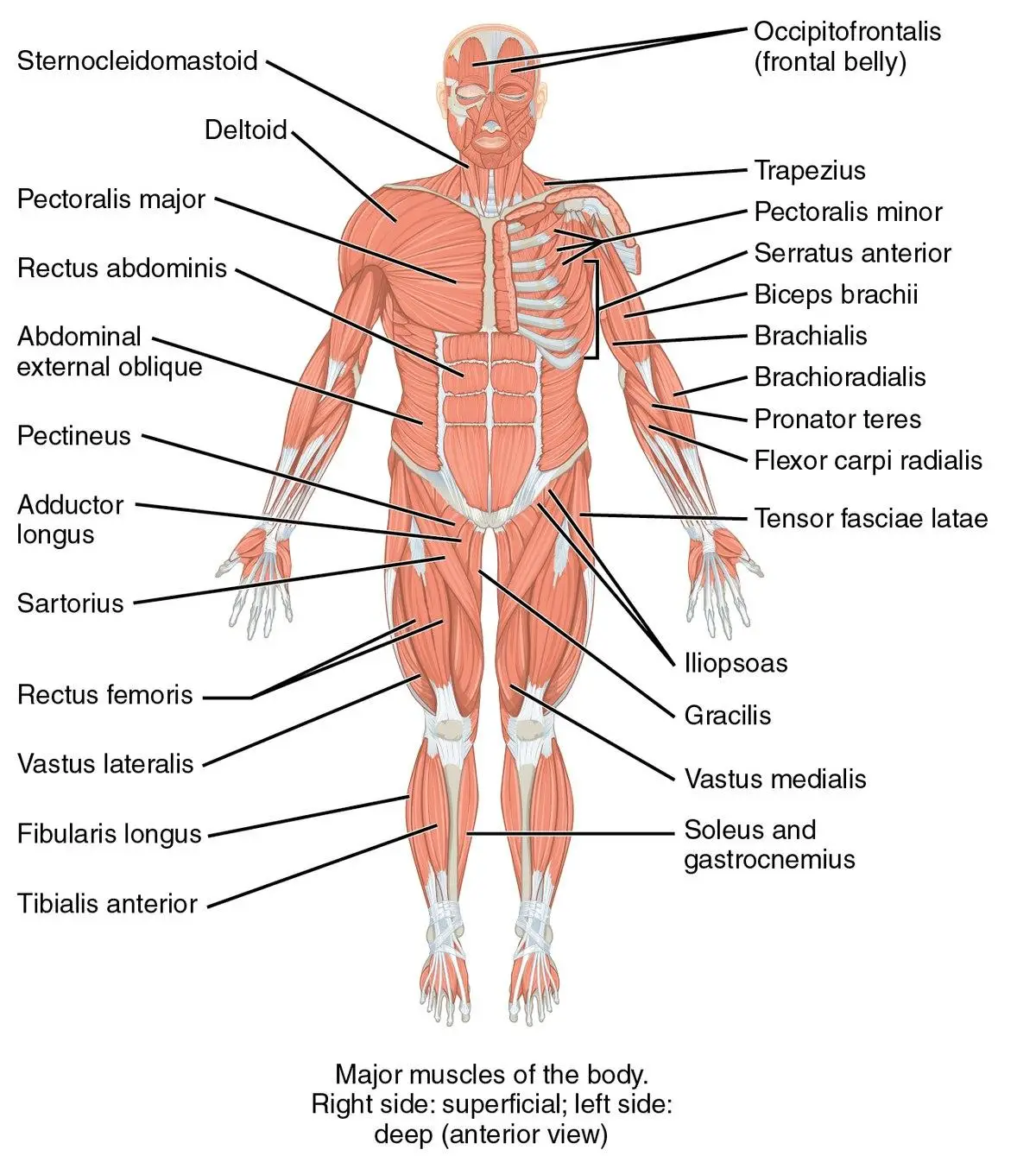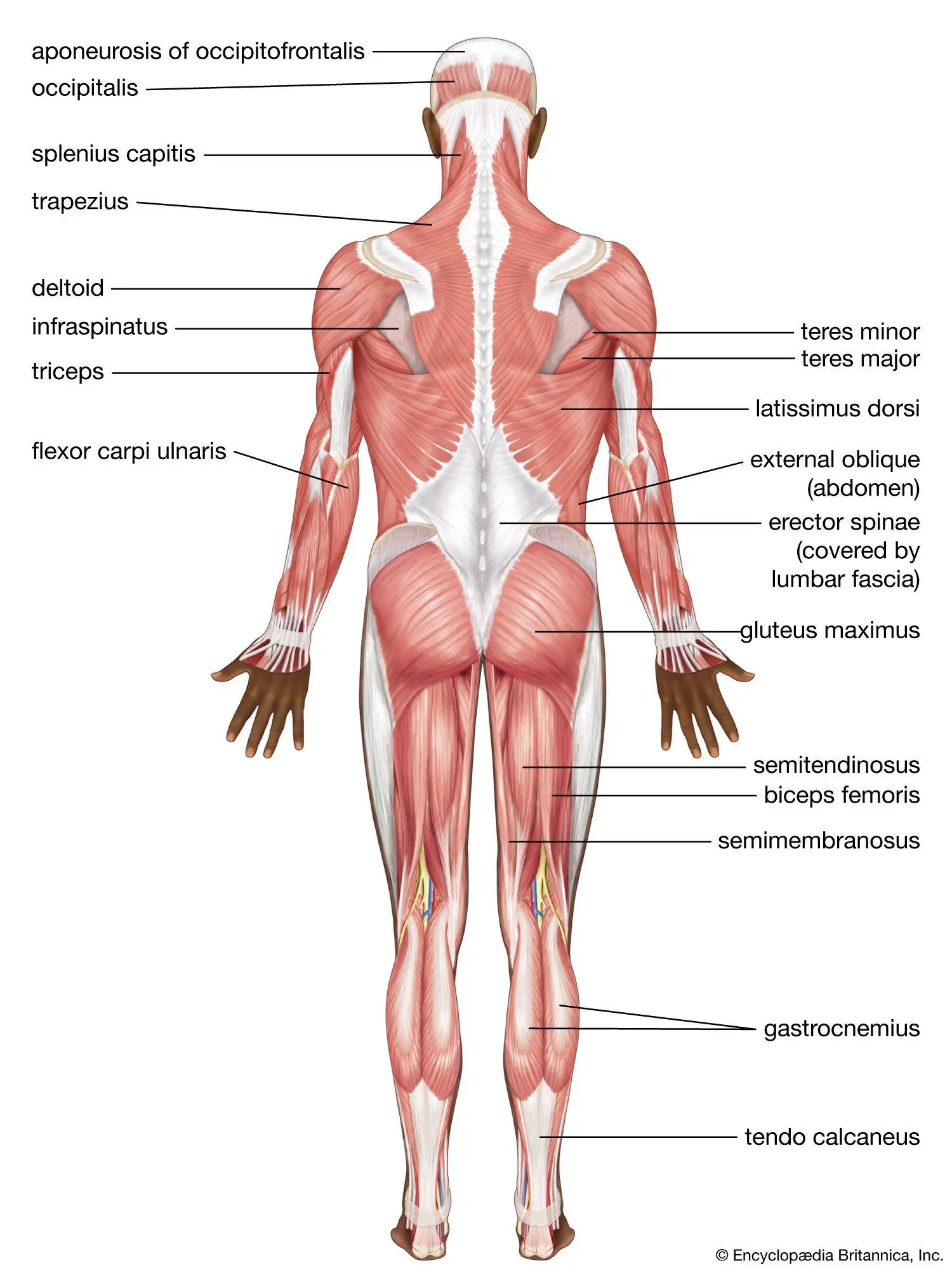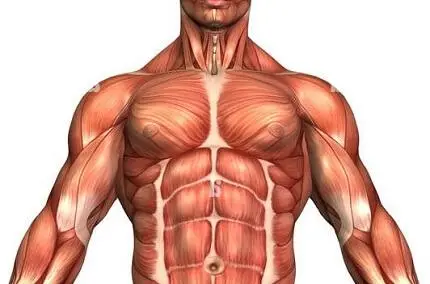In a world where strength and vitality are revered, the pursuit of muscle and fitness has become a timeless endeavor. From ancient gladiators to modern-day athletes, the quest for physical prowess has driven individuals to push their bodies to the limits. With a combination of dedication, discipline, and a dash of sweat, the path to achieving peak performance is a challenging yet rewarding journey. Join us as we explore the world of muscle and fitness, where iron meets determination and strength meets resilience.
Building Muscle Mass: Key Factors for Effective Training and Nutrition
When it comes to building muscle mass, there are key factors that play a crucial role in effective training and nutrition. One of the most important aspects is ensuring you are following a well-rounded workout routine that targets all muscle groups. Incorporating exercises that focus on compound movements such as squats, deadlifts, bench press, and pull-ups can help stimulate muscle growth throughout your entire body.
Additionally, proper nutrition is essential for fueling your workouts and promoting muscle growth. Make sure to include an adequate amount of protein in your diet to support muscle repair and growth. Foods such as chicken, eggs, Greek yogurt, and tofu are great sources of protein that can help you reach your muscle-building goals. In addition to protein, consuming complex carbohydrates and healthy fats can provide your body with the energy it needs to perform at its best.
Consistency is key when it comes to building muscle mass. Make sure to stick to a regular workout schedule and maintain a balanced diet to see the best results. Remember to listen to your body and give it the rest and recovery it needs to repair and grow stronger. With dedication, hard work, and the right combination of training and nutrition, you can achieve your muscle and fitness goals.

The Role of Cardiovascular Exercise in Muscle Definition
When it comes to achieving muscle definition, many people focus solely on strength training exercises such as weightlifting. However, cardiovascular exercise plays a crucial role in sculpting and defining muscles. Incorporating cardio into your fitness routine can help you burn fat, improve muscle tone, and enhance overall muscle definition.
Cardiovascular exercise helps increase blood flow to the muscles, delivering essential nutrients and oxygen that are vital for muscle growth and recovery. Additionally, cardio workouts can help boost metabolism, leading to increased calorie burn and fat loss, which in turn helps to reveal the muscles underneath.
Some effective cardiovascular exercises for muscle definition include:
- Running or jogging
- Cycling
- Swimming
- HIIT workouts
| Exercise | Benefits |
|---|---|
| Running | Improves cardiovascular health |
| Cycling | Strengthens leg muscles |
| Swimming | Works multiple muscle groups |
| HIIT | Increases calorie burn |
Incorporating a mix of cardiovascular exercises into your workout routine, along with strength training, can help you achieve optimal muscle definition and overall fitness. So next time you hit the gym, don’t forget to add some cardio to your workout for those sculpted muscles you’ve been working towards!

Understanding Rest and Recovery for Optimal Muscle Growth
The key to achieving optimal muscle growth lies not just in intense workouts, but also in the crucial periods of rest and recovery that follow. Rest and recovery are essential for allowing your muscles to repair and grow stronger, leading to improved performance and gains. Understanding the importance of rest and recovery can make a significant difference in your fitness journey.
During rest periods, your muscles have the opportunity to repair the microscopic damage that occurs during exercise, leading to muscle hypertrophy. Without sufficient rest, this process is disrupted, hindering muscle growth and potentially increasing the risk of injury. Aim to incorporate adequate rest days into your training schedule, allowing each muscle group time to recover before targeting them again.
In addition to rest days, quality sleep is another critical component of the rest and recovery process. During sleep, the body releases growth hormone, which plays a vital role in muscle repair and growth. Aim for 7-9 hours of quality sleep each night to support muscle recovery and overall performance. Consider establishing a bedtime routine to promote better sleep hygiene and maximize your restorative rest.
Proper nutrition is also key to supporting muscle recovery and growth. Ensure you are consuming an adequate amount of protein to provide your muscles with the essential building blocks they need. Additionally, staying hydrated and fueling your body with nutrient-dense foods will support optimal recovery and performance. Remember, rest, recovery, and nutrition work together to help you achieve your muscle and fitness goals.
Incorporating Functional Training into Your Fitness Routine
Functional training is a key component in any fitness routine, as it focuses on improving your overall strength, flexibility, and balance to help you perform everyday activities more efficiently. By incorporating functional exercises into your workout regimen, you can target multiple muscle groups at once and improve your overall fitness level.
One way to incorporate functional training into your fitness routine is by adding exercises that mimic real-life movements. This can include exercises like squats, lunges, and deadlifts, which engage multiple muscle groups and improve your balance and coordination. By performing these movements with proper form and control, you can strengthen your muscles and prevent injuries.
Another way to incorporate functional training is by using equipment such as stability balls, resistance bands, and kettlebells. These tools can add an extra challenge to your workout routine and help improve your stability and coordination. For example, using a stability ball for core exercises can help strengthen your abdominal muscles and improve your balance.
Overall, can help you achieve your fitness goals more efficiently and effectively. By focusing on movements that improve your overall strength and flexibility, you can build a strong foundation for a healthy and active lifestyle.
Q&A
Q: What are some benefits of incorporating strength training into your fitness routine?
A: Strength training helps increase muscle mass, improve bone density, boost metabolism, and enhance overall athletic performance.
Q: How important is proper nutrition when it comes to building muscle?
A: Proper nutrition is crucial for building muscle, as it provides the necessary nutrients and energy for muscle growth and recovery.
Q: What are some common mistakes people make when trying to achieve muscle growth?
A: Some common mistakes include overtraining, not getting enough rest, not varying their workouts, and not consuming enough protein.
Q: How can one prevent muscle imbalances and injuries while working out?
A: To prevent muscle imbalances and injuries, it’s important to focus on proper form, incorporate a variety of exercises, and listen to your body to avoid overexertion.
Q: How can someone create a workout plan that targets specific muscle groups?
A: To create a workout plan targeting specific muscle groups, one should prioritize compound movements, incorporate isolation exercises, and adjust the number of sets and reps accordingly.
Final Thoughts
As we conclude our exploration into the world of muscle and fitness, it is evident that embarking on a journey to achieve optimal physical health and strength is a rewarding endeavor. Whether you are a seasoned athlete or just beginning your fitness journey, remember that consistency, dedication, and a willingness to push past your limits are the keys to success. So go ahead, challenge yourself, push your boundaries, and watch as your body transforms into a powerhouse of strength and endurance. Here’s to your health, fitness, and overall well-being!



